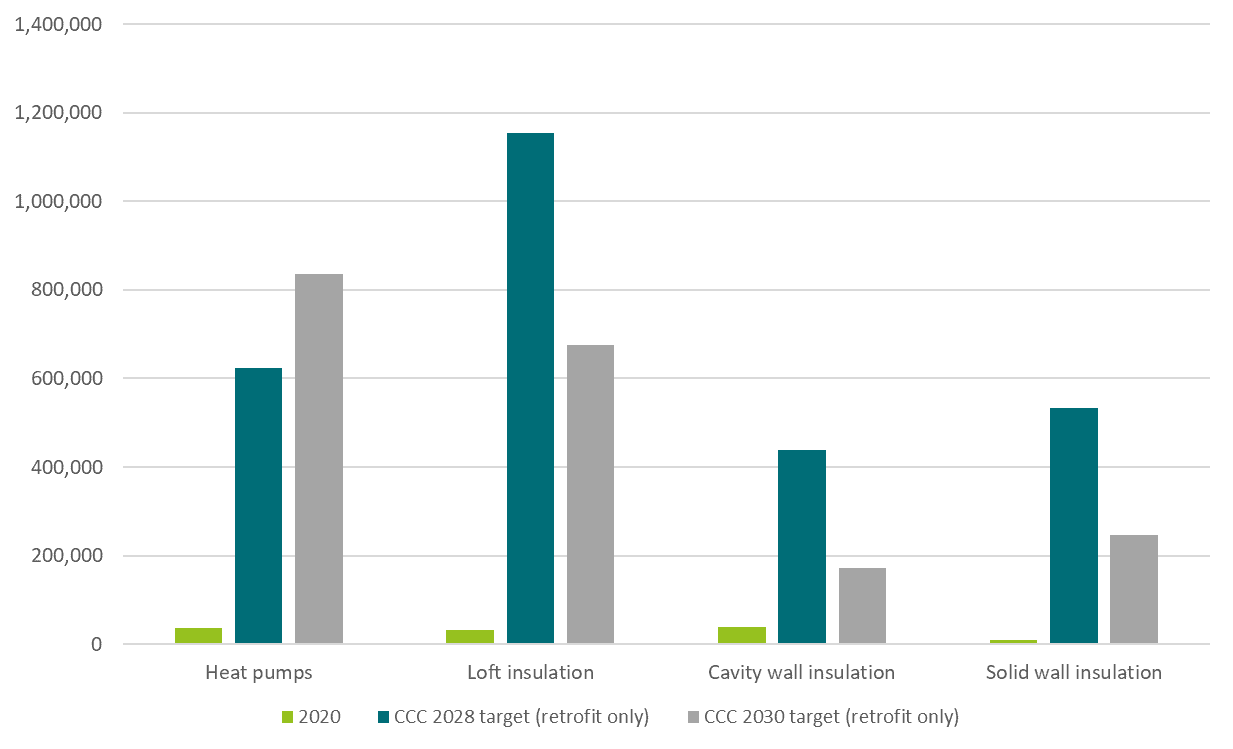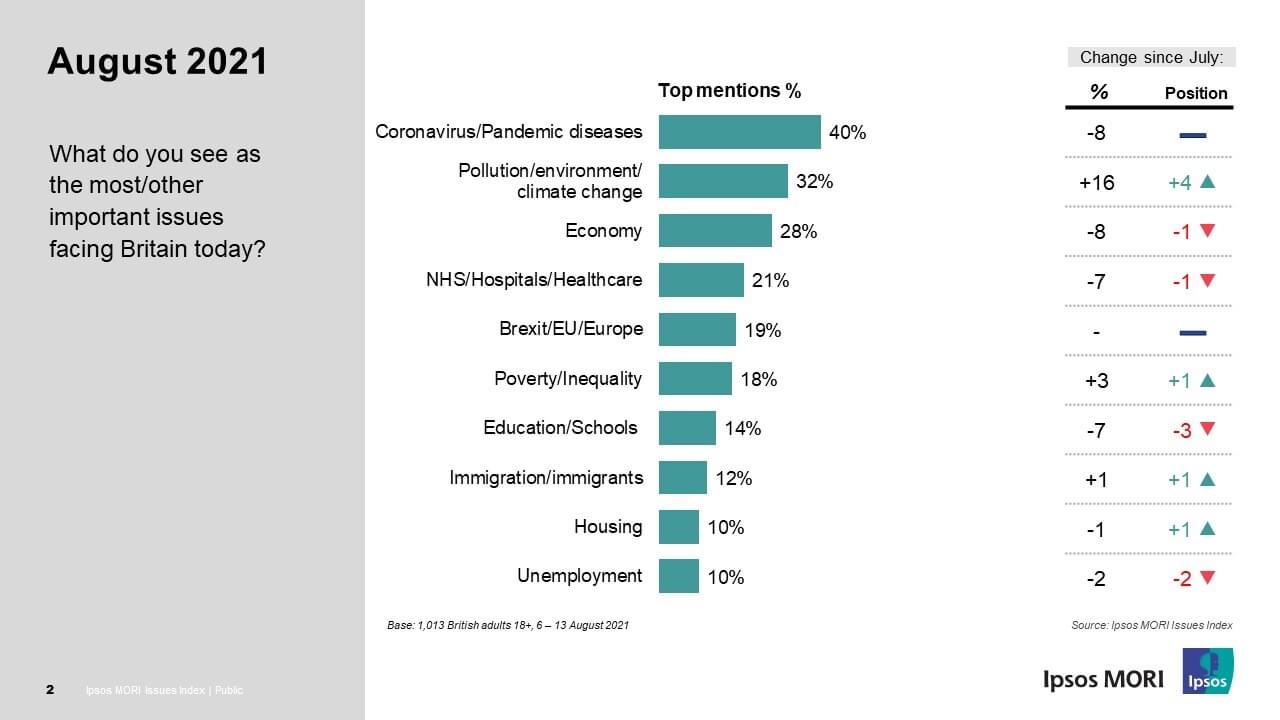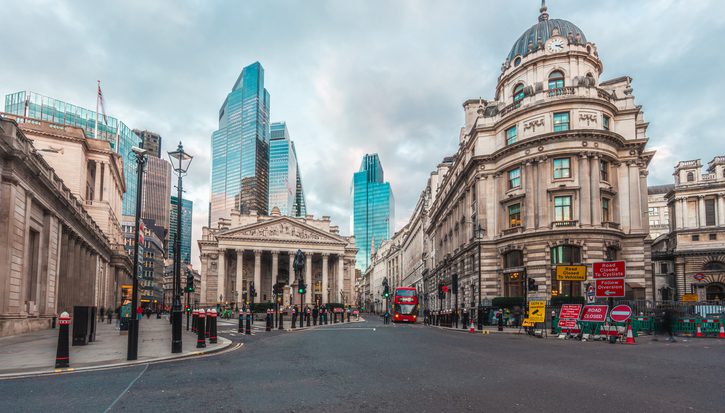On the Home Front
Article
The UK plays host to the pivotal international climate summit COP26 in Glasgow in just over 50 days. The government’s mantra for the summit ‘coal, cars, cash and trees’ (Murray, 2021) is designed to drive international action to reduce global emissions. Yet to be a credible host, the UK must get its own house in order and its net zero strategy - the UK government’s long-awaited plan for reducing emissions – and other crucial plans including its heat and buildings strategy have still not been published. These are not delays the UK can easily afford. On the decisive area of homes and buildings - responsible for 14 per cent of the UK’s greenhouse gas (GHG) emissions – our analysis finds that in 2020 the UK was installing just 6 per cent of the government’s annual installation target of 600,000 heat pumps per year by 2028.
Decarbonising the nation’s homes is one of the most difficult areas where the UK needs to make progress on emissions reductions in the next few years. Numerous government schemes have been botched or scrapped early. Householders are wary of the disruption, the costs and the technologies.
Yet as we argue here, these problems are far from insurmountable. But in its forthcoming heat and buildings strategy the government needs to stump up the cash, set robust standards, support skills development, and communicate, communicate, communicate, if the UK is to be successful on the home front on the climate crisis.
There is a large shortfall between delivery and targets
New IPPR analysis (figure 1.1 below) shows that, for existing homes, there is significant ground to make up between the current number of energy efficiency and heat pump (the anticipated dominant low carbon heat technology by 2050) upgrades and the number of the installations that will be needed by 2028 and 2030 as set out by the Climate Change Committee (CCC). Not only is the UK installing 6 per cent of heat pumps compared to annual installations needed in 2028, it is only installing 9 per cent of the cavity wall insulation needed, less than 3 per cent of loft insulation and less than 2 per cent of solid wall insulation.
Figure 1.1: Installations of heat pumps and energy efficiency measures are well short of that needed to meet climate targets
Number of installations in 2020 by technology compared to required installations by technology by 2028 and 2030.

Source: IPPR analysis of CCC 2021; CCC 2020
Importantly, when factoring in new homes, the annual target for heat pumps increase even higher to 900,000 by 2028 and 1.1 million by 2030, significantly higher than the government’s 600,000 target by 2028 (CCC 2021; EAC 2021). In addition, though the scale up to 2028 deployment figures will not happen overnight, the increases needed year on year, particularly in the first few years, are steep. For example, IPPR analysis suggests the trajectory for installation rates set out by the CCC requires a quadrupling of heat pump sales between 2021 to 2022, a 77 per cent increase in cavity wall insulation sales, and a more than doubling of loft and solid wall insulation sales.
The public are supportive but want clarity and funding
The evidence shows that more ambitious government action will have considerable public support. Just this month, public concern about the environment reached an historically high level rising to the second biggest issue facing the UK, ahead of even the economy (Ipsos Mori 2021). This is not a one-off blip with concern on the environment amongst the public rising steadily since 2015 (ibid).
Figure 1.3: The public see climate change as the second biggest issue facing the UK today
The most important issues facing Britain today according to 1,013 British adults 18+, surveyed between 6th and 13th August

Source: Ipsos MORI 2021
Concern about the environment is translating into a greater desire for government action. 62 per cent of people want higher government spending to address environmental issues (Green Alliance 2021a) and polling shows that two-thirds of homeowners in England (62 per cent) were interested in applying for the government’s Green Homes Grant (EEIG 2021).
The public have concerns on home retrofit that must be addressed by any government scheme
While public concern over climate change is at an historic high, support for action is not unconditional. Focus groups held by IPPR over the summer with homeowners and landlords show that there are several key issues that the government’s forthcoming heat and buildings strategy will need to address if it is to be successful.
Build trust and offer certainty
The need to offer long-term certainty and build trust in the solutions that are on offer is crucial to many of the people we spoke to. Several people suggested they were distrustful because of past experiences – the promotion, and then phasing out of, diesel cars was mentioned as an example that many wanted to avoid a repeat of.
“The government one year are promoting something and then two or three years later it’s out of fashion…”
“Is this the same as the government saying buy diesel cars cos it’s more efficient and then a few years later saying diesel emits pollutants?”
Focus group participants, August 2021
Minimise disruption and guarantee quality
Many were concerned that any disruption be minimised, without further disturbance further down the line. They also wanted guarantees on quality products and installation work.
“It shouldn’t be so disruptive that in ten years or less time, that houses have to be pulled apart again.”
Focus group participants, August 2021
Ensure any scheme is affordable for all
A key concern is the affordability of new technologies. There is support for grants or low cost or zero cost loans to support homeowners and landlords to install any measures.
“How I’m going to get the money to pay for it, whether I’m going to be going into debt to borrow the money.”
“As a person on a low income I would like something like that [a grant]”
Focus group participants, August 2021
Communication, communication, communication
There is almost universal agreement on the need for communications on what needs to happen and the options and support available to different households.
“It has to be some sort of hook, some snazzy advertising.”
“Free information for every household.”
Focus group participants, August 2021
Cash, comms, jobs and standards
There is an urgent need for the government to bring forward its heat and buildings strategy which must meet these concerns of the public and help to rapidly accelerate the delivery of low carbon heat and energy efficiency measures.
Here we set out six key things which that strategy must deliver.
A big and bold programme to shift the dial – the ‘GreenGo scheme’
We recommend the creation of a new GreenGO scheme – a one stop shop to provide people with the information and financial support they need. GreenGO will provide a unifying (and well-advertised) brand under which financial support from government for green measures and high-quality advice can be marketed to and accessed by the public. The government’s Help to Buy scheme is an example of a similar approach, where an equity loan scheme, a mortgage guarantee scheme and an ISA were all offered, and promoted, under a common brand in partnership with high street lenders.
Cash and incentives for consumers
One of the main functions of the GreenGO scheme would be to provide low-cost loans and grants for home retrofit (as well as for low-carbon travel and access to green financial products). IPPR’s Environmental Justice Commission recommend that the government should directly fund an average of £6 billion a year from now to 2030 through a ‘GreenGO Warm’ scheme for heat pumps and high energy efficiency measures.
This scheme should initially support all households with a cash grant of up to £7,500. As the market scales up and matures and private financing options develop, the scheme should draw inspiration from successful schemes in Germany and offer zero-interest loans with subsidies of up to 50 per cent of repayment costs depending on the increase in energy efficiency achieved.
Throughout the entirety of the scheme, fuel poor homes should be supported with full grants for the upfront costs of energy efficiency, heat pumps and any additional measures such as new hot water tanks and radiators, with an average grant cost of around £12,000 per home.
An additional £0.5 billion should be committed to investment in heat networks and £0.5 billion should be committed to the Social Housing Decarbonisation Fund every year until 2030.
The UK government should also make a range of taxation changes to encourage home improvements, including:
- linking council tax rates and stamp duty to energy efficiency
- cutting VAT on retrofit projects from 20 per cent to a maximum of 5 per cent.
Communicate, communicate, communicate
Retrofit needs are different across the country and it can be hard for people to understand how to go about making such significant changes to their home. Any approach must first provide people with the information they need to make the best choices for them. Clear guidance should be offered to households and consumers on how low-carbon heat solutions work.
As is already the case in Scotland and Wales, clear and consistent advice should be given to households in England. The GreenGo scheme would be one source of accessible, comprehensive information through physical outlets on high streets across the country as well as online via a dedicated website and a phone line.
Rules to drive standards and innovation
The UK government must set legal targets to bring all homes up to high energy efficiency standards and phase out fossil fuelled home heating systems. This will spark the long-term commercial investment in the skills and innovations required to deliver energy efficiency retrofits and the installation of low-carbon heating systems such as heat pumps at scale (Green Alliance 2021b).
Such an approach would mirror the phase out of the sale of new petrol and diesel cars by 2030. The UK should revise the legal requirements for minimum energy efficiency standards (MEES) in socially rented and privately rented homes. This should be gradually brought up to at least B by 2030, with an exception of ‘C’ rating for hard to-treat stock. A MEES standard of EPC C should also be applied to owner-occupied properties, at the point of sale or when other renovations are carried out. The UK government should also set a legal requirement to eliminate oil heating systems no later than 2028 and gas heating systems by 2033.
All new homes should also be of ultra-high energy efficiency by 2023 at the latest and no new homes should connect to the gas grid by the same date.
A street by street and area by area plan for home heating and retrofit
Local authorities often have a much better understanding of local challenges than national government. This is especially true for housing, where councils generally have detailed knowledge of different building designs, including for their own housing stock, and the challenges of local residents.
To ensure heat decarbonisation is tailored to the needs of individual communities and homes, we recommend that retrofit is led by local government but with coordination, finance and expert guidance provided by the UK government.
Jobs and skills - training the workforce
The UK will need nearly 300,000 workers in energy efficiency retrofitting, heat pump and heat network installation by 2030. The current workforce does not have enough installers able to fit low-carbon heating technologies like heat pumps or energy efficiency measures.
Supporting recruitment in energy efficiency retrofitting, heat pump and heat network installation must be a government priority. We recommend the creation of skills academies and a Green Training Fund as well as a recruitment and training plan for the sector.
Authors
Luke Murphy, head of the IPPR Environmental Justice Commission
Joshua Emden, IPPR research fellow
Lesley Rankin, IPPR researcher
REFERENCES
Climate Change Committee [CCC] (2020a) Progress in reducing Emissions: 2021 Report to Parliament, CCC. https://www.theccc.org.uk/wp-content/uploads/2021/06/Progress-in-reducing-emissions-2021-Report-to-Parliament.pdf
EAC (2021) Prime Minister’s plan for 600,000 heat pumps scrutinised, Environmental Audit Committee. https://committees.parliament.uk/committee/62/environmental-audit-committee/news/132793/prime-ministers-plan-for-600000-heat-pumps-scrutinised/
EEIG (2019) The Net Zero Litmus Test: Making energy efficiency a public and private infrastructure investment priority https://www.theeeig.co.uk/media/1063/eeig_net-zero_1019.pdf
EEIG (2021) Learning the lessons from the green homes grant, Energy Efficiency Infrastructure Group. https://www.theeeig.co.uk/media/1107/eeig_learning_lessons_green_homes_grant.pdf
Environmental Justice Commission [EJC] (2021) Fairness and opportunity: A people-powered plan for the green transition – Final report of the Environmental Justice Commission, IPPR. http://www.ippr.org/research/publications/fairness-and-opportunity
Green Alliance (2021a) The green light for change: What people think about environmental tax reforms, Green Alliance. https://green-alliance.org.uk/resources/green_light_for_ change.pdf
Green Alliance (2021b) ‘How to get from a cottage industry to a million heat pumps a year’, blog post. https://greenallianceblog.org.uk/2021/04/21/how-to-get-from-a-cottageindustry-to-a-million-heat-pumps-a-year/
Ipsos Mori (20201) Public concern about climate change and pollution doubles to a near-record level, Ipsos Mori.
Murray J (2021) Coal, cars, cash, trees': Boris Johnson sets out priorities for COP26, Business Green. https://www.businessgreen.com/news/4035691/coal-cars-cash-trees-boris-johnson-sets-priorities-cop26
Webb J, Emden J and Murphy L (2020) All hands to the pump: A home improvement plan for England, IPPR. http://www.ippr.org/research/publications/all-hands-to-the-pump
Related items

Rule of the market: How to lower UK borrowing costs
The UK is paying a premium on its borrowing costs that ‘economic fundamentals’, such as the sustainability of its public finances, cannot fully explain.
Restoring security: Understanding the effects of removing the two-child limit across the UK
The government’s decision to lift the two-child limit marks one of the most significant changes to the social security system in a decade.
Building a healthier, wealthier Britain: Launching the IPPR Centre for Health and Prosperity
Following the success of our Commission on Health and Prosperity, IPPR is excited to launch the Centre for Health and Prosperity.